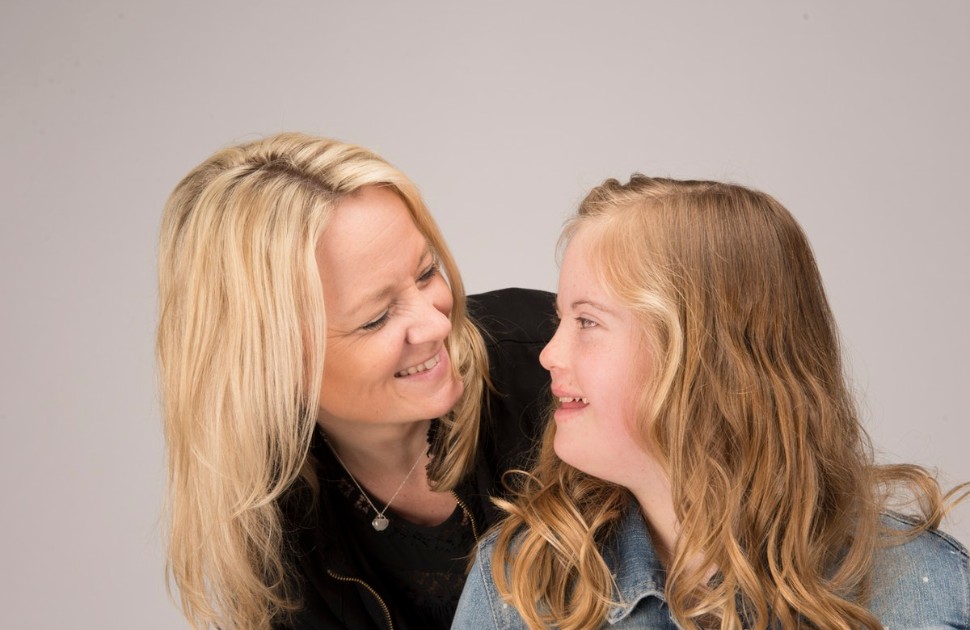|
The following definitions are from PFLAG's glossary. For more in-depth lists of more sexuality and gender identity definitions, visit the PFLAG website.
|
Sexual orientation
|
| The sexual attraction toward other people or no people. While sexual activity involves the choices one makes regarding behavior, one’s sexual activity does not define one’s sexual orientation. Sexual orientation is part of the human condition, and all people have one. Typically, it is attraction that helps determine orientation. |
|
Gender identity
|
|
A person’s deeply held core sense of self in relation to gender. Gender identity does not always correspond to biological sex. People become aware of their gender identity at many different stages of life, from as early as 18 months and into adulthood. According to Gender Spectrum, one study showed that “...the average age of self-realization for the child that they were transgender or non-binary was 7.9 years old, but the average age when they disclosed their understanding of their gender was 15.5 years old.” Gender identity is a separate concept from sexuality and gender expression.
|
|
Cisgender
|
| A term used to refer to an individual whose gender identity aligns with the sex assigned to them at birth. The prefix cis- comes from the Latin word for “on the same side as.” People who are both cisgender and heterosexual are sometimes referred to as cishet (pronounced “sis-het”) individuals. The term cisgender is not a slur. People who are not trans should avoid calling themselves “normal” and instead refer to themselves as cisgender or cis. |
|
Transgender
|
|
Often shortened to trans, from the Latin prefix for “on a different side as.” A term describing a person’s gender identity that does not necessarily match their assigned sex at birth. Transgender people may or may not decide to alter their bodies hormonally and/or surgically to match their gender identity. This word is also used as an umbrella term to describe groups of people who transcend conventional expectations of gender identity or expression--such groups include, but are not limited to, people who identify as transsexual, genderqueer, gender variant, gender diverse, and androgynous. Visit the full glossary on PFLAG's website for common acronyms and terms including female to male (or FTM), male to female (or MTF), assigned male at birth (or AMAB), assigned female at birth (or AFAB), nonbinary, and gender-expansive. “Trans” is often considered more inclusive than transgender because it includes transgender, transsexual, transmasc, transfem, and those who simply use the word trans.
|
|
Non-binary
|
| Refers to people who do not subscribe to the gender binary. They might exist between or beyond the man-woman binary. Some use the term exclusively, while others may use it interchangeably with terms like genderqueer, genderfluid, gender nonconforming, gender diverse, or gender expansive. It can also be combined with other descriptors e.g. nonbinary woman or transmasc nonbinary. Language is imperfect, so it’s important to trust and respect the words that nonbinary people use to describe their genders and experiences. Nonbinary people may understand their identity as falling under the transgender umbrella, and may thus identify as transgender. Sometimes abbreviated as NB or Enby, the term NB has been used historically to mean non-Black, so those referring to nonbinary people should avoid using NB. |
| Two-spirit |
| A term used within some Indigenous communities to refer to a person who identifies as having both a male and a female essence or spirit. The term, created in 1990 by a group of Indigenous activists at an annual Native LGBTQ conference, encompasses sexual, cultural, gender, and spiritual identities, and provides unifying, positive, and encouraging language that emphasizes reconnecting to tribal traditions. Non-indigenous people should not use this term. (With thanks to Northwest Portland Area Indian Health Board [NPAIHB].) |
|





